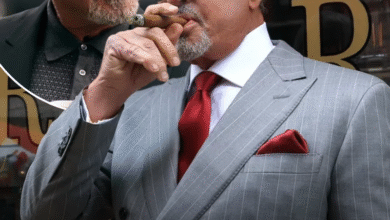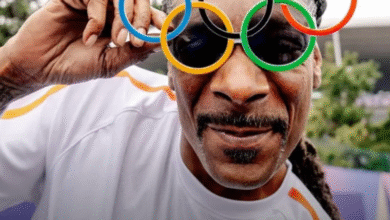How Johnny Depp’s Flying Hats Led to a Clever Costume Innovation on Pirates of the Caribbean
OPINION: This article may contain commentary which reflects the author's opinion.
When Johnny Depp first donned the iconic tricorn hat of Captain Jack Sparrow in Pirates of the Caribbean: The Curse of the Black Pearl (2003), it quickly became an unmistakable part of the swashbuckling character’s look. But filming the adventurous sea-based scenes posed a surprising challenge: Depp kept losing his hats to the ocean.
As the story goes, Depp’s dynamic performance often involved tossing his hat—sometimes for dramatic effect, other times in moments of humor. Unfortunately, the original leather hats weren’t built to withstand multiple dunkings in saltwater and, worse, they frequently sank. This meant several hats were lost to the sea, creating a costly and continuity nightmare for the production team.
Enter Penny Rose: Costume Designer and Problem Solver
Penny Rose, the talented costume designer responsible for bringing Jack Sparrow’s look to life, faced the tricky task of preserving the hat’s distinctive aesthetic while adapting to the practical realities of shooting on water. Known for her meticulous attention to detail and deep knowledge of period pirate attire, Rose had to think creatively to solve this modern filmmaking dilemma.
In the Disney+ documentary series Prop Culture (2020), which delves into classic Disney film props and costumes, Rose shared the solution: “This is in rubber, because he kept throwing them overboard. So, after we’d gone through about 10, I was exasperated and had it copied in rubber. But it looks identical in every way.”
A Hat That Floats
The rubber hats were engineered specifically to float, allowing the crew to easily retrieve them whenever Depp tossed one into the water. This innovation not only saved money but ensured continuity across scenes, keeping the hat consistently available for close-ups and action shots. The floating property was especially crucial given the film’s use of real ships and extensive water-based filming—like the scenes aboard the Lady Washington ship, which stood in for the Interceptor.
Despite the change in material, the rubber hats were crafted to be visually indistinguishable from their leather counterparts, preserving the rugged, weathered look that helped define Sparrow’s character.
Confirming the Tale
This behind-the-scenes detail has been corroborated by multiple sources, including CinemaBlend and The Things, which drew directly from the Prop Culture episode featuring Rose. While no extensive interviews outside the documentary highlight this particular adaptation, Rose’s prominent role in the Pirates franchise and her reputation lend strong credibility to the story.
Beyond the First Film
Though most documented during The Curse of the Black Pearl, the design and practicality lessons from the rubber hats likely influenced costume decisions in the franchise’s subsequent installments, given Rose’s continued involvement as costume designer for films like Dead Man’s Chest and At World’s End.
Balancing Practicality and Authenticity
This inventive adaptation exemplifies the careful balance filmmakers must strike between visual authenticity and the demands of production logistics. For Depp and Rose, it meant that Jack Sparrow’s hat could remain a faithful symbol of the character without risking costly or disruptive losses at sea.
Thanks to this clever solution, Captain Jack Sparrow’s hat not only survived the high seas but also became one of the most memorable costume pieces in modern cinema—floating perfectly between practicality and cinematic legend.



